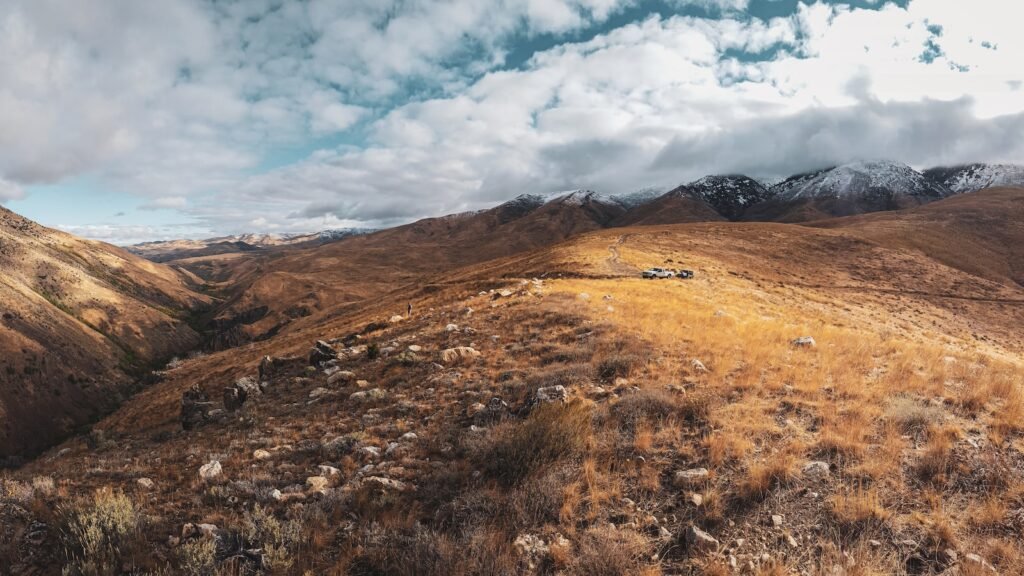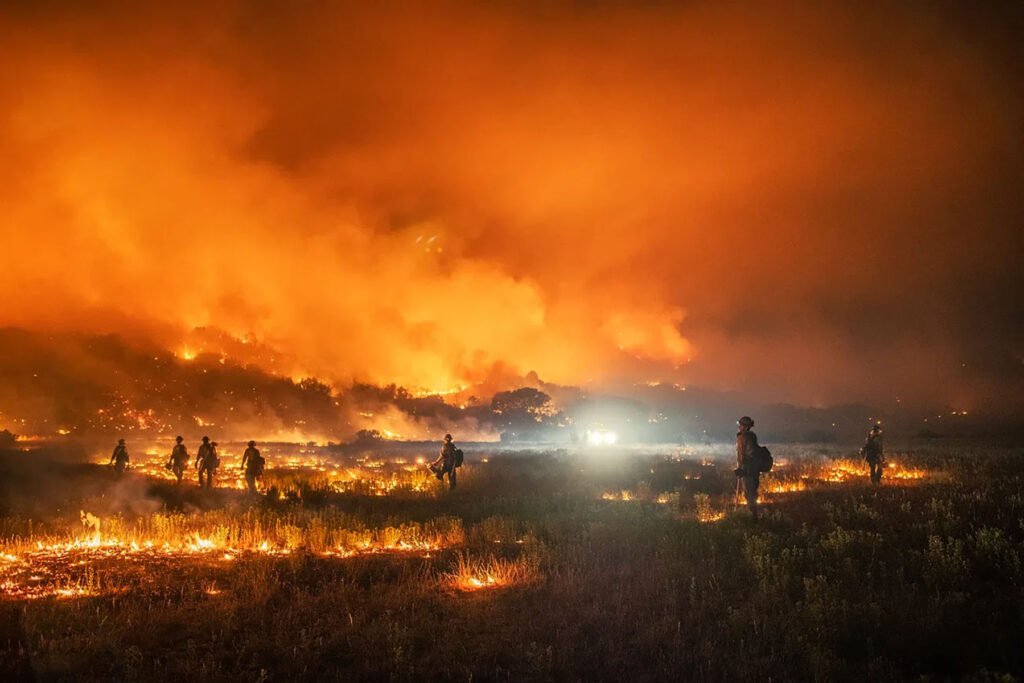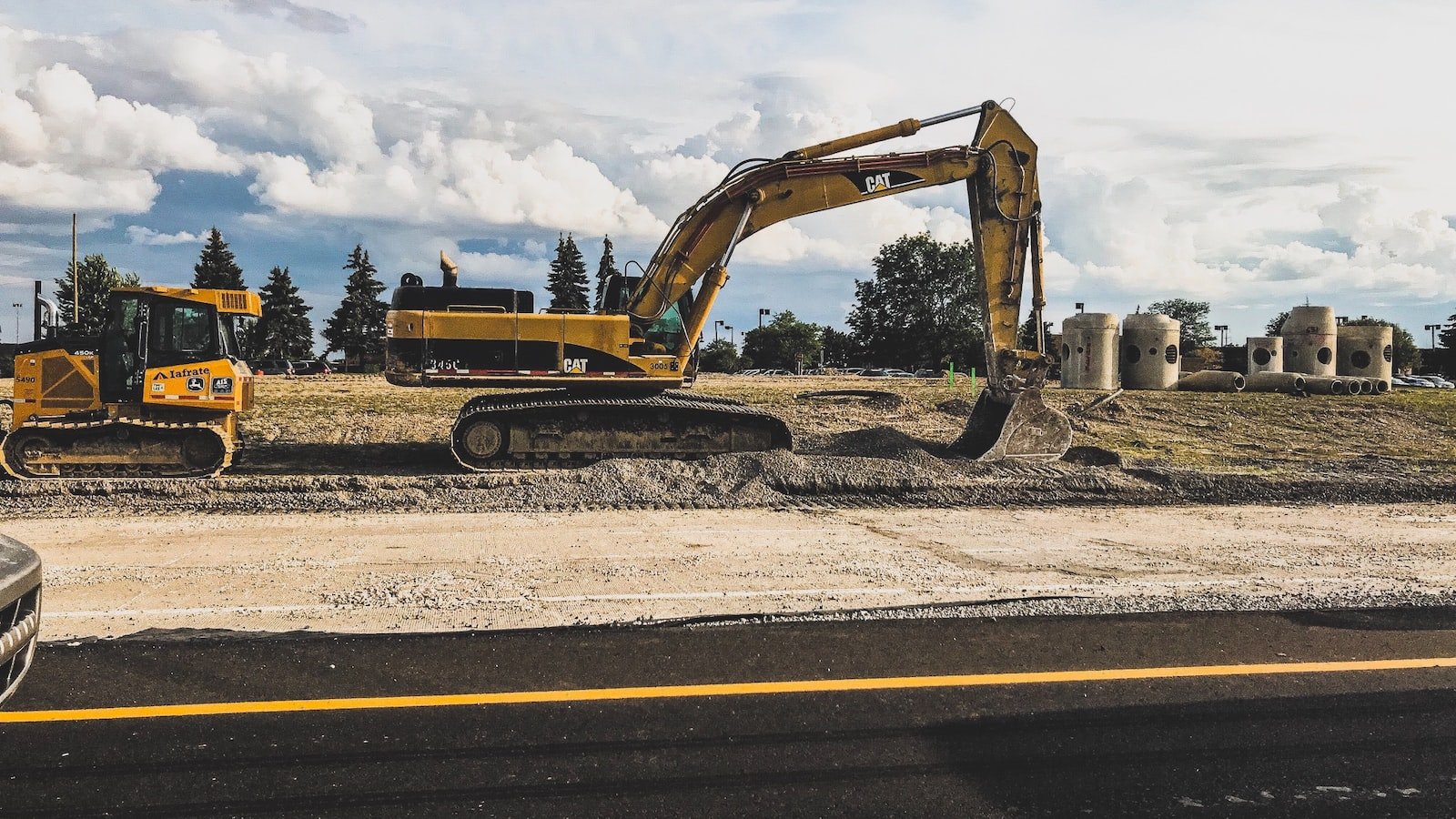Now Reading: How to Build a Wilderness Smoker for Food Preservation
-
01
How to Build a Wilderness Smoker for Food Preservation
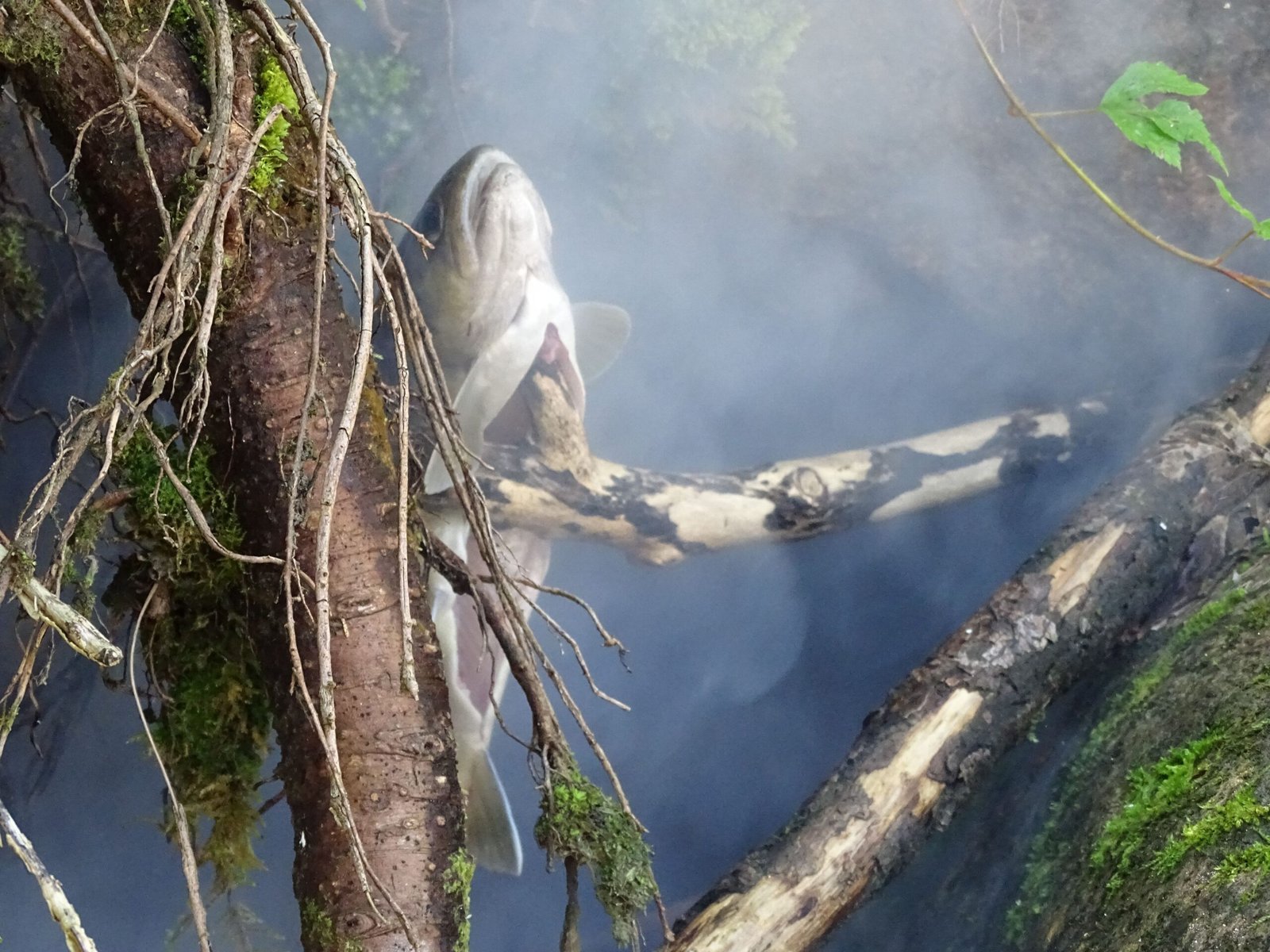
How to Build a Wilderness Smoker for Food Preservation
Imagine yourself deep in the heart of the untamed wilderness, miles away from civilization, with nothing but nature’s bountiful offerings at your disposal. The air is crisp, the scent of pine wafts through the air, and the possibilities seem endless. As you revel in the tranquility of the wild, you can’t help but wonder how you could harness this exquisite environment to preserve and flavor your favorite foods. Enter the wilderness smoker, a marvelously ingenious contraption that combines the essence of nature with the art of food preservation. In this article, we will delve into the depths of these primitive yet remarkably effective devices, guiding you on a journey to build your very own wilderness smoker. So, buckle up and prepare to embark on a captivating adventure into the realm of food preservation, where smoky flavors intertwine with the essence of nature itself.
Table of Contents
- Building a Wilderness Smoker: A Guide to Preserving Food in the Great Outdoors
- Selecting the Right Location and Materials for Your Wilderness Smoker
- Mastering the Art of Smoke Generation: Techniques for Achieving Flavorsome Results
- Crucial Factors to Consider for Proper Temperature Control in your Wilderness Smoker
- Safely Smoking Food Outdoors: Tips for Ensuring Quality and Preventing Contamination
- Q&A
- Insights and Conclusions
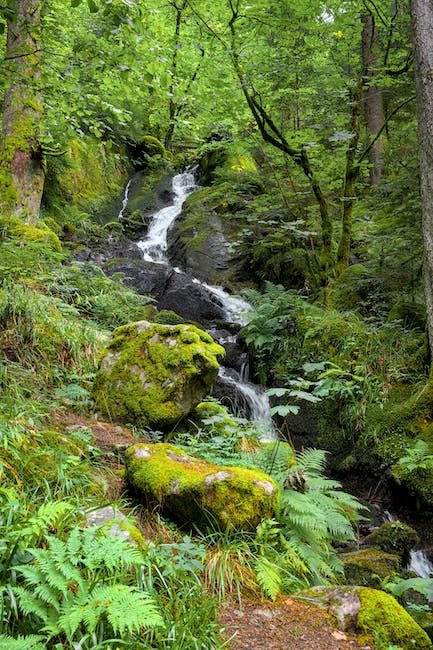
Building a Wilderness Smoker: A Guide to Preserving Food in the Great Outdoors
If you’re an outdoor enthusiast and a food lover, then building a wilderness smoker might just be your ultimate adventure. This guide will take you through the steps of creating your very own smoker in the heart of nature, allowing you to preserve and enhance the flavors of your favorite foods.
First, start with selecting the perfect location for your smoker. Look for a spot surrounded by natural materials like rocks and trees, which will help insulate the heat. Ensure there is good ventilation to allow for proper air flow. Once you’ve found the ideal spot, gather your materials: large rocks, metal grates, and durable wood for the fire.
To assemble your smoker, create a sturdy frame using the rocks and secure the metal grates on top. This will serve as the primary cooking surface. With your frame ready, it’s time to prepare the fire. Use a combination of hardwood and fruitwood for a delicious smoky flavor. Arrange the wood in a teepee shape and light it up, allowing the fire to burn down to hot coals.
Now, it’s time to choose the food you want to smoke. From succulent fish and tender meats to mouth-watering vegetables, the options are endless. Season your food with a combination of spices and herbs for an extra burst of flavor. You can experiment with different brines and marinades to create your signature taste.
Once your fire has turned into smoldering coals, place your food on the grates, ensuring it is evenly spread out. Cover the smoker with branches, leaves, or even a tarp to trap the smoke and retain the heat. Let the magic happen as the aromatic smoke infuses into the food, transforming it into a delicacy.
Remember, patience is key when smoking food in the wilderness. Keep an eye on the temperature and adjust the airflow accordingly to maintain an optimal cooking environment. As your food slowly cooks, take in the sights and sounds of nature around you, making this experience a truly unforgettable one.
After a few hours of anticipation, your smoked food will be ready to indulge in. Remove it from the smoker and savor the unique flavors and tender textures that only a wilderness smoker can offer. Share your delicious creations with friends and family, and revel in the satisfaction of a successful outdoor cooking adventure.
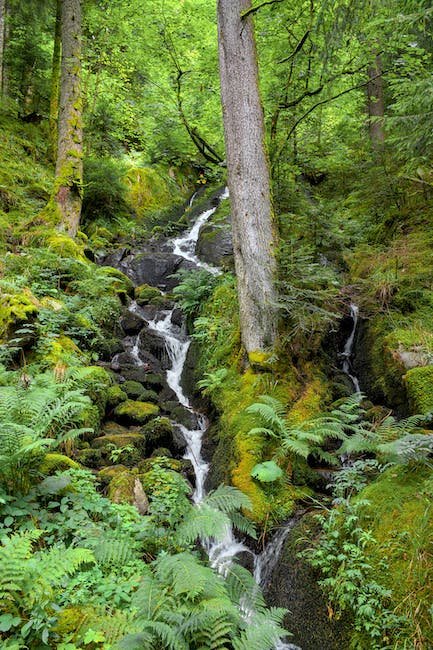
Selecting the Right Location and Materials for Your Wilderness Smoker
When it comes to , there are a few key factors to consider. First and foremost, the location. Look for an area that is well-ventilated and away from any flammable materials. You want to ensure that your smoker is positioned in a safe and secure spot to prevent any accidents or fire hazards.
Next, let’s talk about the materials you’ll need. For the smoker itself, consider using a sturdy and heat-resistant material like stainless steel or cast iron. These materials can withstand high temperatures and help distribute heat evenly for consistent smoking results. Additionally, be sure to choose materials that are easy to clean and maintain, as this will make your wilderness smoking experience much more enjoyable.
In terms of fuel, hardwoods such as oak, hickory, or applewood are popular choices for imparting delicious flavors into your smoked dishes. These woods burn slowly, providing a steady source of heat and adding that signature smoky aroma to your culinary creations. Remember to never use chemically treated or painted wood, as this can release toxic fumes when heated.
To summarize, plays a significant role in ensuring a safe and successful smoking experience. Find a well-ventilated area, choose heat-resistant materials, and opt for quality hardwoods as fuel. With these considerations in mind, you’ll be well on your way to enjoying delectable smoked treats in the great outdoors.
Mastering the Art of Smoke Generation: Techniques for Achieving Flavorsome Results
When it comes to adding a smoky flavor to your culinary creations, mastering the art of smoke generation is key. By understanding the various techniques available, you can achieve flavorsome results that will leave your taste buds in awe.
Luckily, there are several tried-and-true methods you can employ to infuse your dishes with that unmistakable smokiness. One popular technique is using a smoking gun, a handheld device that creates a controlled burst of smoke. Simply place your food in a covered container, insert the smoking gun’s nozzle, and turn it on. The smoke will envelop your dish, infusing it with an authentic smoky essence.
Another effective approach is using a smoker box or pouch. This technique is perfect for grilling enthusiasts who want to add a smoky twist to their barbecues. Fill the box or pouch with wood chips of your choice, then place it directly on the grill grates or near the heat source. As the wood chips heat up, they will smolder and release aromatic smoke that permeates your food, creating an irresistible flavor profile.
- Experiment with different wood varieties to personalize your smoke flavor. Hickory, mesquite, and applewood are just a few examples of the vast range of options available.
- Try marinating your meat or vegetables before smoking them to enhance their flavor and tenderness.
- Remember to regulate the temperature and time to achieve perfect results. Low and slow smoking yields tender meat and intensifies the smoky taste.
By mastering these smoke generation techniques, you’ll become a culinary artist who can elevate any dish to new heights. The possibilities are endless, so let your creativity run wild as you embrace the art of smoke generation!

Crucial Factors to Consider for Proper Temperature Control in your Wilderness Smoker
When it comes to mastering the art of smoking in the wilderness, one crucial aspect that cannot be overlooked is temperature control. Achieving the perfect balance of heat and smoke is what separates a mediocre meal from a mouthwatering masterpiece. Here are some essential factors to consider to ensure your wilderness smoker performs at its best:
- Quality Fuel: The type and quality of fuel you use in your wilderness smoker can significantly impact temperature control. Opt for seasoned hardwoods, like oak or hickory, as they provide a consistent and even burn. Avoid softwoods or green wood, as they tend to produce excess smoke and uneven heat.
- Airflow Management: Proper airflow is key to maintaining a steady temperature in your smoker. Ensure your smoker has adjustable vents that can be opened or closed to control the amount of oxygen reaching the fire. This will help regulate temperature fluctuations and prevent overheating.
- Thermometer Placement: Placing the thermometer in the correct position is vital for accurate temperature readings. Insert it at grate level, next to where your food will be smoking, rather than near the lid or the fire source. This will provide a more precise reading of the cooking temperature.
- Heat Retention: Insulating your wilderness smoker is essential for maintaining a consistent temperature. Use materials like ceramic or stainless steel that retain heat efficiently. Additionally, consider using a water pan or heat deflector to help distribute heat evenly throughout the cooking chamber.
By paying close attention to these crucial factors, you can achieve optimal temperature control in your wilderness smoker and elevate your smoking adventures to new heights. Remember, a well-regulated fire leads to delectable flavors and unforgettable outdoor dining experiences!
Safely Smoking Food Outdoors: Tips for Ensuring Quality and Preventing Contamination
Smoking food outdoors is a delightful way to infuse smoky flavors into your favorite dishes, but it’s vital to uphold safety measures to ensure both the taste and quality of your food. Here are a few valuable tips to keep in mind:
- Invest in a quality smoker: Choosing a reliable smoker is the foundation of a successful outdoor smoking experience. Look for a model that provides precise temperature control and efficient airflow to guarantee consistent, safe cooking.
- Select the right wood: The type of wood you choose for smoking can significantly impact the taste of your food. Opt for hardwoods like oak, hickory, or fruitwoods such as apple or cherry, as they lend a delightful flavor profile. Avoid softwoods like pine or cedar, which can release harmful toxins when burned.
- Ensure proper food handling: Prioritize food safety by handling raw and cooked food separately. Always wash your hands thoroughly before and after handling food, and use separate cutting boards and utensils for raw and cooked items to prevent cross-contamination.
- Maintain adequate cooking temperatures: Properly cooked smoked food should reach internal temperatures that guarantee food safety. Use a reliable meat thermometer to ensure beef, pork, poultry, and fish reach their appropriate internal temperatures, and always allow sufficient time for a resting period.
- Store and reheat with care: Once your smoked delicacy is ready, ensure it is stored safely in airtight containers in the refrigerator. When reheating, make certain the food reaches a temperature of 165°F (74°C) throughout to eliminate any potential bacteria.
By following these helpful tips, you can embark on a safe and flavor-filled smoking adventure that leaves your taste buds delighted, while keeping any potential contaminants at bay. So gather your wood chips, fire up the smoker, and let the aromatic journey begin!
Q&A
How can I build a wilderness smoker for food preservation?
To build a wilderness smoker, you will need a fire pit, rocks, a sturdy metal grate, and a large piece of heavy-duty aluminum foil. Begin by arranging the rocks in a circular shape to create the walls of your smoker, then place the metal grate on top. Finally, cover the entire structure with the aluminum foil, leaving a small opening for smoke to escape.
What types of wood are suitable for smoking food in a wilderness smoker?
Hardwoods such as oak, hickory, apple, and maple are ideal for smoking food in a wilderness smoker. These woods provide a great flavor and aroma to meats and fish, enhancing the overall taste. Avoid using softwoods or any wood that has been chemically treated.
How long does the smoking process generally take for different types of food?
The smoking time can vary depending on the type and size of the food. Typically, large cuts of meat like pork shoulder or brisket will take around 4-6 hours to fully smoke. Fish fillets usually require 1-2 hours, while vegetables may only need 30-45 minutes. It’s important to monitor the temperature and appearance of the food for best results.
What are some safety measures to consider when building a wilderness smoker?
When building a wilderness smoker, always choose a safe location, away from any flammable materials and at a safe distance from inhabited areas. Additionally, make sure to properly extinguish the fire after use and never leave it unattended. Take precautions to prevent accidents and ensure the safety of the environment.
How can I control the temperature inside the wilderness smoker?
To control the temperature inside your wilderness smoker, you can adjust the amount of wood and the airflow. Adding more wood will increase the temperature, while reducing the amount of wood will lower it. Additionally, you can partially cover or leave open the opening for smoke to control the airflow, helping to regulate the temperature.
What are some tips for preparing food to be smoked in a wilderness smoker?
Before smoking food in a wilderness smoker, consider marinating it in flavorful brines or rubs to enhance the taste. For meats, patting them dry and allowing them to sit uncovered in the refrigerator for a few hours will create a pellicle, enhancing the smoke flavor. It’s also important to trim excess fat and ensure the food is properly seasoned before smoking.
Insights and Conclusions
As the tantalizing aroma of savory smoke fills the air and the fiery glow dances in the dark, it marks the culmination of your epic journey into the art of wilderness smoking. You have ventured into untamed landscapes, where simplicity reigns supreme, armed with nothing but your resourcefulness, passion, and a hunger for culinary adventure.
With each passing moment, as you’ve meticulously crafted your very own wilderness smoker, you’ve unlocked the secrets of ancient preservation methods. You embraced the wild, leaving behind the confines of modernity, as you delved into an unforgettable experience rooted in the history of mankind.
Through the course of this article, we have guided you step by step, hand in hand, on your quest to harness Mother Nature’s power. From selecting the perfect location, amidst towering trees and whimsical streams, to fashioning a sturdy frame from nature’s own embrace, every detail has been meticulously considered.
You have mastered the art of controlling the elusive flame, dancing on the line between heat and smoke, coaxing flavors long forgotten to emerge from your bounty. Your wilderness smoker has become a haven for taste, where traditional techniques meet your determination to savor the very essence of the wilderness.
As you sit under the starlit sky, reveling in the satisfaction of your accomplishments, it is humbling to realize that you have tapped into a timeless ritual. The act of preserving food through smoke has spanned generations, connecting our ancestors with the present. Through this journey, you have become a guardian of their wisdom and an enthusiast of culinary heritage.
So, dear wanderer, take a moment to relish this triumph. With your wilderness smoker as your loyal companion, the flavors of the untamed world now lie at your fingertips. Continue to explore, to experiment, and to astonish both your taste buds and those lucky enough to share in your culinary conquests.
Remember, the wilderness smoker is more than just a cooking apparatus; it is a testament to your creativity, ingenuity, and ability to thrive in the face of challenges. Embrace the magnificent wilderness with open arms, for it has bestowed upon you the gift of transformation – turning mere ingredients into gastronomic masterpieces.
As your adventure draws to a close, rest assured that the knowledge gained from this article will forever be etched in your memory, ready to be shared and cherished. Whether deep in the dense forests, high on remote mountaintops, or surrounded by the vastness of nature’s embrace, let your wilderness smoker be the beacon that calls the curious souls to explore the wonders of food preservation in the wild.
Now, my friend, stoke the flames, inhale the intoxicating scent, and let the feast begin!
As an affiliate, my content may feature links to products I personally use and recommend. By taking action, like subscribing or making a purchase, you’ll be supporting my work and fueling my taco cravings at the same time. Win-win, right?
Want to read more? Check out our Affiliate Disclosure page.

